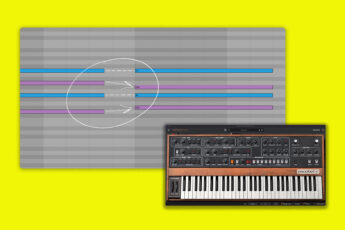Let’s discuss what the Mixolydian mode is, some popular songs that make use of it, and how to apply it to your own music.
From Lil Nas X hits to Pokémon themes, the Phrygian mode has been used in an incredibly wide range of musical contexts—let’s discuss what the mode is, some popular songs that make use of it, and how to apply it to your own music.
Let’s discuss what the Dorian mode is, some popular songs that make use of it, and how to apply it to your own music.
Explore the pentatonic scale and learn how artists spanning genres have used it to create some timeless melodies.
Let’s discuss what the Lydian mode is, some popular compositions that make use of it, and how to apply it to your own music.
Explore the definition, history, and use cases of polyrhythms, and learn how to use them in your own music.
Learn about triads, chord progressions, and the other music theory subtopics that constitute the vast but exciting world of harmony.
In celebration of the five-year anniversary of Animal Crossing: Pocket Camp, explore the music theory elements behind its main theme that make your virtual campsite such a pleasant place.
Dive into the music theory techniques that appear in Ramin Djawadi’s “Main Title” theme that make it so effective and fitting for Game of Thrones.
Melodies are often what keep us coming back to our favorite songs—in this article, learn about all of the different aspects that constitute a melody.
From syncopation techniques to tricks for using devices for arpeggios, here are four chord progression tips we wish we knew earlier.
Learn about the various claims that surround 432 Hz, their validity, and how to create music using any tuning standard of your choice.











